Supporting sustainable agriculture is one of the ways we can make an impact with our daily choices. Many ask me ‘what are the best ways to eat fresh and local food with the seasons?’ and the most simple answer I have is: join a CSA or Farm Share.
What is a CSA or Farm Share?
CSA stands for Community Supported Agriculture. This is a way to get your veggies (and potentially bread / eggs) from soil to table directly from your local farmers. These weekly or bi-weekly boxes are a business model for farmers to depend on throughout the year. It is a subscription model where you ‘invest’ into a farm to yield the bounty of their crops. Some deliver weekly boxes, while others allow members to come out and choose their own vegetables.
Many people don’t realize that you may have a choice to select what comes home each week. For instance, we pay $100 a month into our CSA and weekly, I hop online and select the fruit/veggies/eggs/baked goods we would like for the week. Some weeks we select $25 worth, some weeks we select $50 worth and add more cash into our account. Since we don’t have anything like “Instacart” on our island, it feels like such a futuristic way of shopping for us! Now, this might not be how the CSA in your area operates yet but they are all equally as magical and worth investing into.
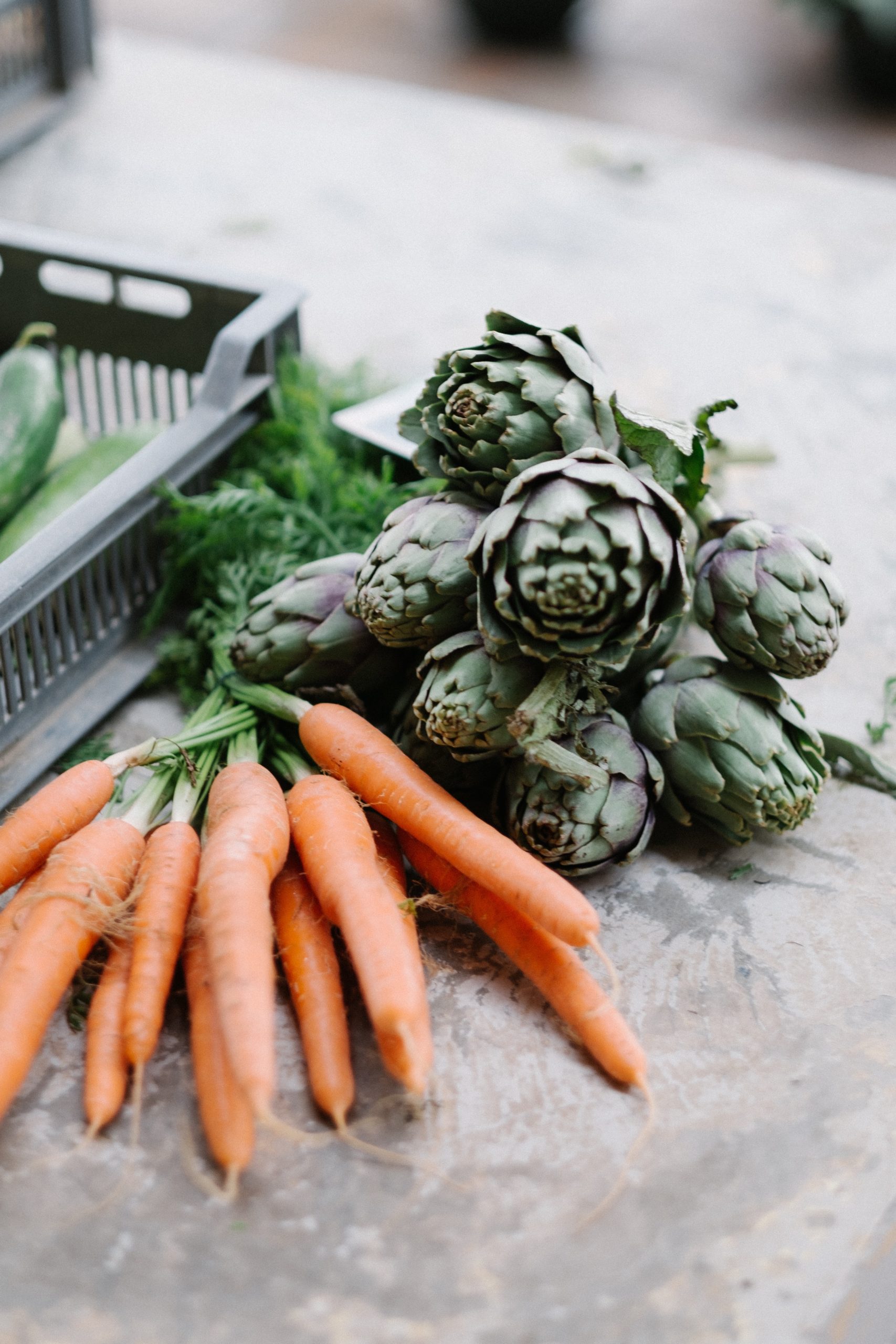
Why is this better than the supermarket or farmer’s market?
We definitely still support our local farmer’s markets/co-ops for anything that might not be available through our CSA but there are a lot of reasons why the CSA model is more beneficial to you, your local community & much less harmful to the planet. I’ve attached a graphic to help demonstrate this as well.
HIGHER NUTRIENT VALUES:
Food holds the most nutrient value when it is freshly picked & then plated (or cooked). When we buy our food far from home & it spends time being transported, shipped and displayed in a store – the more nutrients it loses. The closer to home and the less time it spends frozen, refrigerated, or out of its growing environment the more nutrients it has when we eat it. Obviously, the best way to get the highest nutrient value out of your food is picking immediately before you cook it from your own garden, but the second best way is getting it from the farmer down the road or in your town.
The beauty of eating in season is that in-season crops coming from a nearby farm are cheaper to buy and you actually consume less since they are nutrient dense. We feel hungry because our bodies need nutrients. The more nutrients our food holds the less we need to consume of it. So not only are you saving money by purchasing closer to home (no travel expenses, import taxes, etc.) but you are getting a higher nutrient value and needing less food.
SUPPORTS LOCAL AGRICULTURE:
In my personal opinion, the most important thing we can do for our communities is to support quality, local agriculture (preferably organically farmed). There is nothing better for a local economy than choosing to purchase nearby whenever possible.
Farmers work incredibly hard to feed us and many are young people and families that have made a conscious choice to serve their communities in this way. Supporting them rather than heading to a large chain supermarket is the best way to support and help build a larger network of food supply in your area.
By getting a box for a year or even the high season (late spring, summer and fall), you are giving a farm a commitment to know what they can grow and sustain themselves through that year. It also typically will allow them to give back in other ways to your community. Whenever we invest in anything local we invest back into our communities growth.
CSA IS BUDGET FRIENDLY:
Many think that supermarkets offer the cheapest food options or that local = expensive. This isn’t the case! Most CSAs are really affordable when you break it down and compare to a grocery store. Also, back to the idea of the higher nutrient value and needing less… this is also something to factor in.
In Hawai’i, we have a year round CSA but when we’re in Maine we just buy into a seasonal one (for 3-5 months, depending on how long we’re there that year).
But for example, say your CSA over 20 weeks is $500 – that breaks down to about $25 a week. Compare that to your receipt from your weekly veggies that are being shipped from Mexico, Peru, Chile, New Zealand or even further (which has a huge carbon footprint), that are lower in nutrient value and aren’t giving back to your local community in any way. It seems like a very reasonable price to pay.
Looking for other budget-friendly ways to practice sustainable living?
Here’s a post with some ideas!
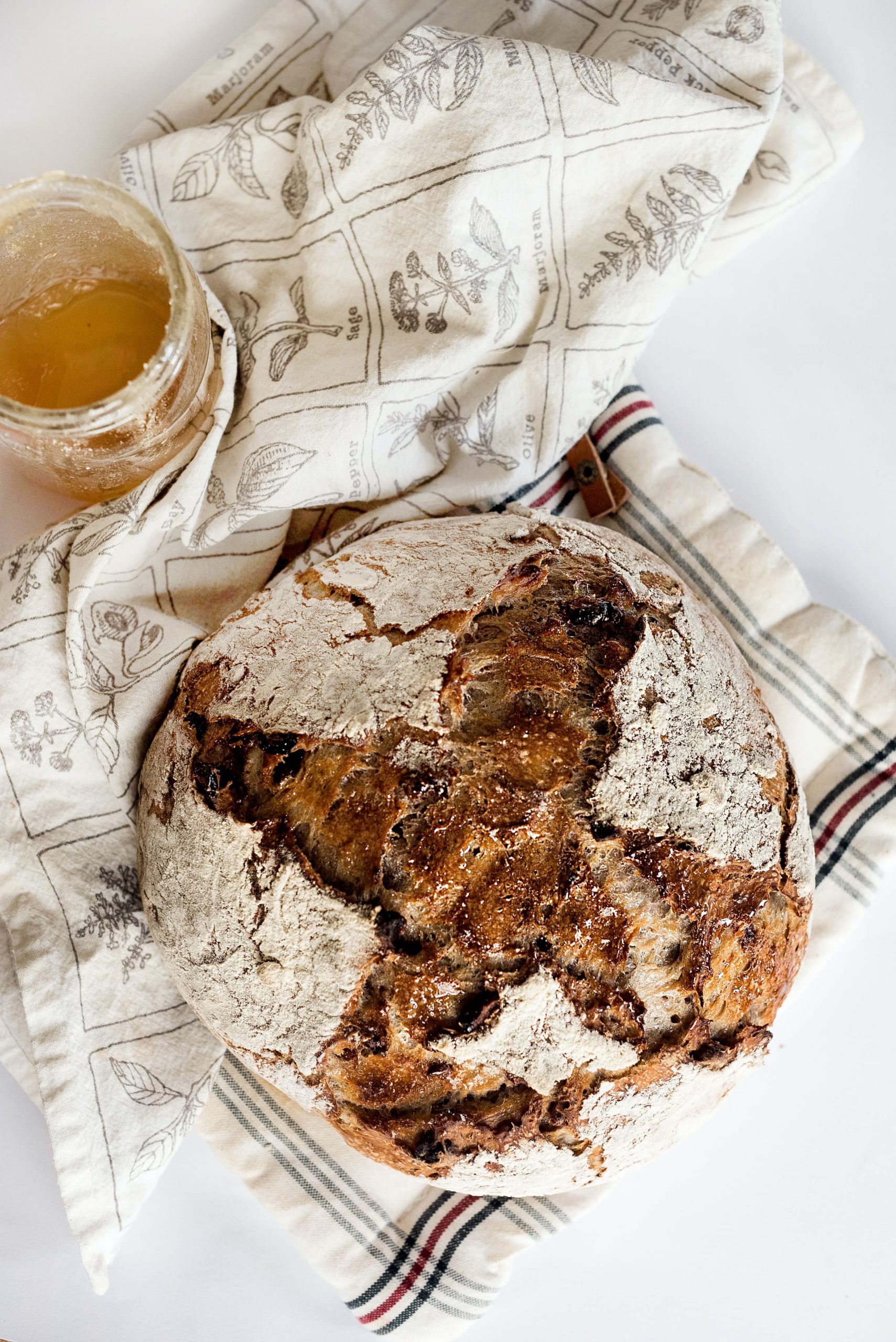
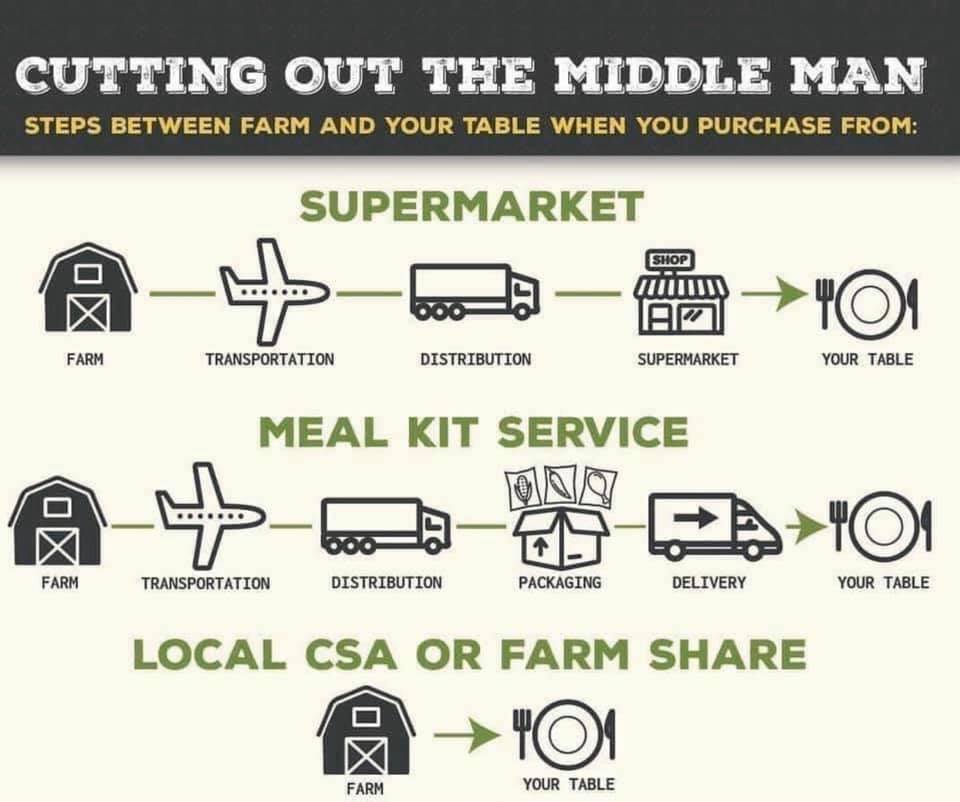
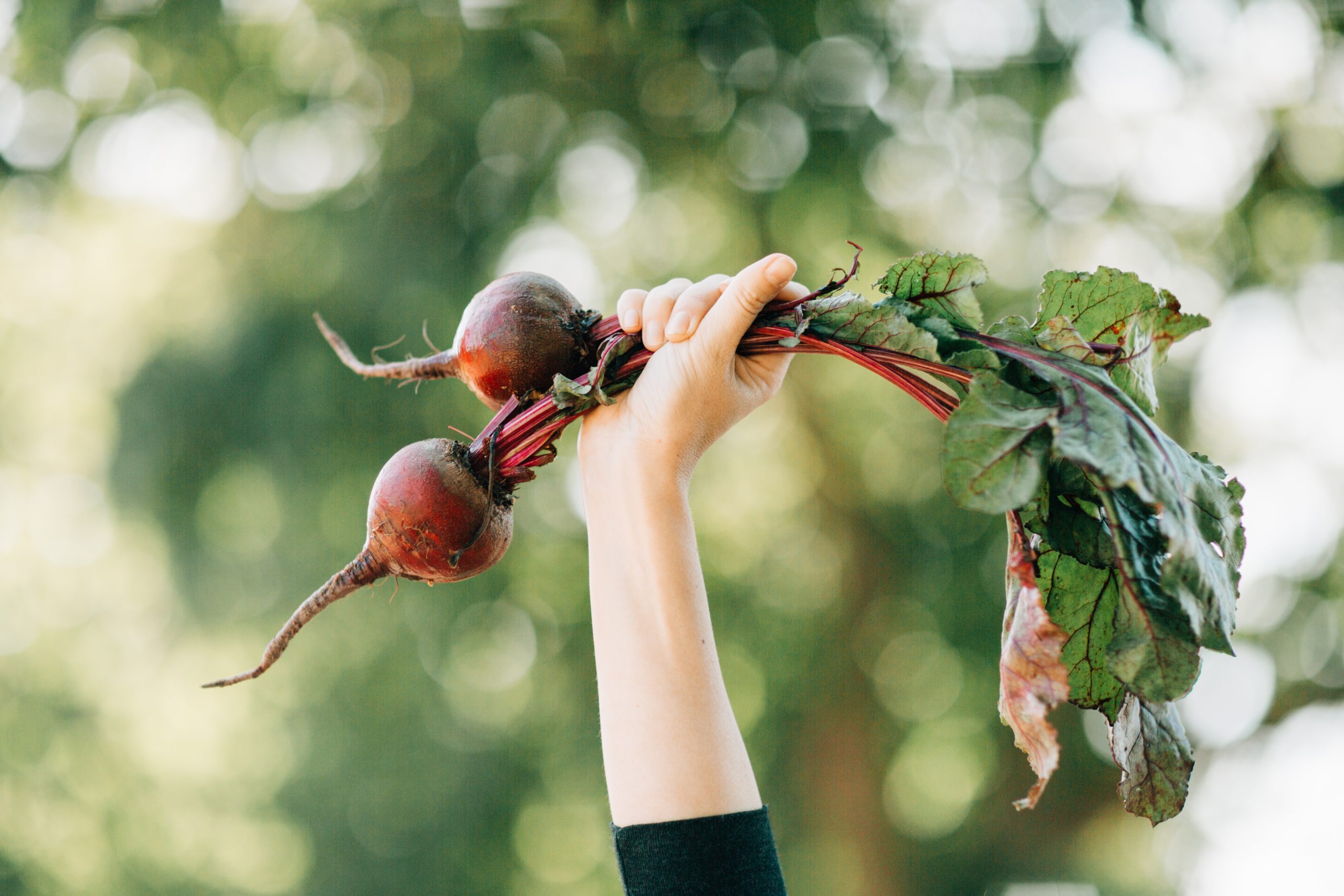
FOOD DELIVERED TO YOU:
The CSA model in your area may vary. Your box may show up on your doorstep, a pickup location on their farm or at a designated drop-off location. Some CSAs contain a certain number of items, some have eggs and bread or even cheese with them, some are just veggies/fruits. This all depends on what is offered by the farm and also what you need/want. This delivery/pick-up system means that you are spending less time at the store. Farmers often include some notes on the veggies and recipes to make the most out of what is your farm box so no need to over think what you will do with these veggies. Most farms want you to have a positive experience so they will be happy to answer your questions.
COMMUNITY BUILDING:
By supporting a local farm, you are instantly making a statement that you are invested in that area and the people feeding you – which is a big indication of your intentions with being in that community. Many farms actually offer opportunities to meet and connect with other CSA holders like dinners or gathers near the end of the season or tours of the farm grounds so you can see the farm in person if you aren’t picking up there on a regular basis. These are chances to meet new people with like-minded people and build a network of folks who are also passionate about healthy eating (and likely other things you’re interested in). This is a lovely way to meet people if you are new to a community!
HEALTHY EATING MADE EASIER:
There’s something beautiful about knowing that you have a box of produce headed your way every week. In a sense, it forces us to eat well and plan ahead which we love. We have started getting into a rythym with the seasons and planning our meals around the ingredients instead of planning our grocery list around our recipes. If you have a CSA box that you aren’t able to choose what comes in it, it’s giving you the opportunity to try new ingredients, make different types of meals and get you out of your comfort zone with food which is so cool. My friend Megan of The Fresh Exchange is the queen of seasonal eating & has a whole post with cookbooks on seasonal eating if you’re looking for some recipes to try with your CSA!
How do I know a CSA is right for our household?
- First, analyze how your household eats. Do you like to meal plan for the week or do you just wing it? How often are you eating out vs cooking at home? Do you eat eggs? Do you eat bread? Are these things available from farms in your area?Knowing these things about your eating habits will help you figure out what kind of farm to work with and what/how much would be helpful to get from them!
- Confirm the kind of commitment and length. Knowing how long it will last is important for your schedule. Some will allow you to cancel if it isn’t for you so just discuss this with the farmer if you are concerned.
- Find out how you’ll receive your box – on the farm, delivered to your home, pick up location – and consider how this will fit into your schedule.
- Ask anyone in your area that you know belongs to a CSA to find out their experience & what they know.
- Finally, ask about size options for the boxes – many will have this listed on their site but some might not. Can you do a half share or just a full share? Also ask about events or other offerings they have for CSA members.
Knowing all this information will help you choose the CSA that’s best for your home.
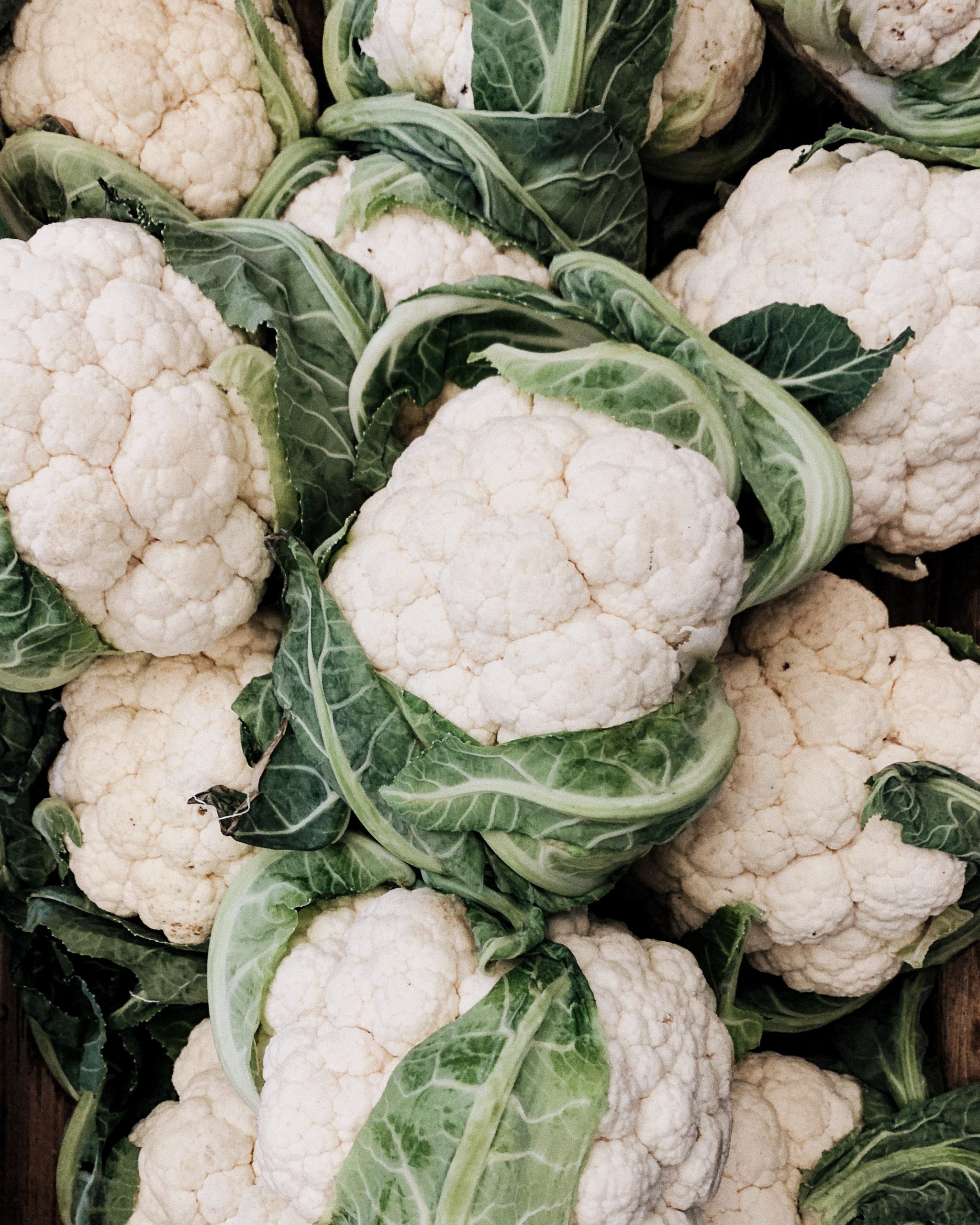
Not sure what to do with the veg or aren’t happy with your box?
Talk with your farmer! Even if you paid ahead of time, most farmers would rather you be honest about your experience than to have unhappy customers. If you are getting a ‘mystery box’ and are unsure of how to make use of the items in it, ask them how they would utilize the ingredients. In our experience, they are happy to share their knowledge & ideas!
Make sure you have the right size of box from your CSA – if a lot is going to waste, it is too much so ask for a half share or if you’re not getting enough, ask if you could pay more for a few extras. If your CSA allows you to change your order online weekly then this is a different story!
Is shopping through a CSA zero waste?
Not necessarily. I’ve seen some CSAs that give some of their produce in plastic. If you are mindful of your plastic waste like we are, voice your concerns to your farmer and ask if they can provide the weekly share plastic free. We’ve had some awesome conversations unfold with farmers (and business owners in general) simply by bringing this to their attention! It saves them money to go without and who knows, you might influence them to ditch it all together for their entire program – and that would save a ton of plastic from our landfills/oceans.
What if I just like going to the farmers market?
Then keep going! I totally understand this & have always loved going to farmer’s markets. We love that our CSA gives us a constant flow of food coming our way and also that it offers support and stability to our local farmers from seedlings to harvest no matter if we make it to the market that week or not. It’s simple and easy – and if there is something specific we love then we head to the farmer’s market. By signing up for a CSA, we are giving farmers capital upfront to expand and sustain their farm so they aren’t worried if their crop is going to sell week by week. It also means we need less from the market so we can avoid the crowds and on the weeks we don’t make it, we’re not stressed.
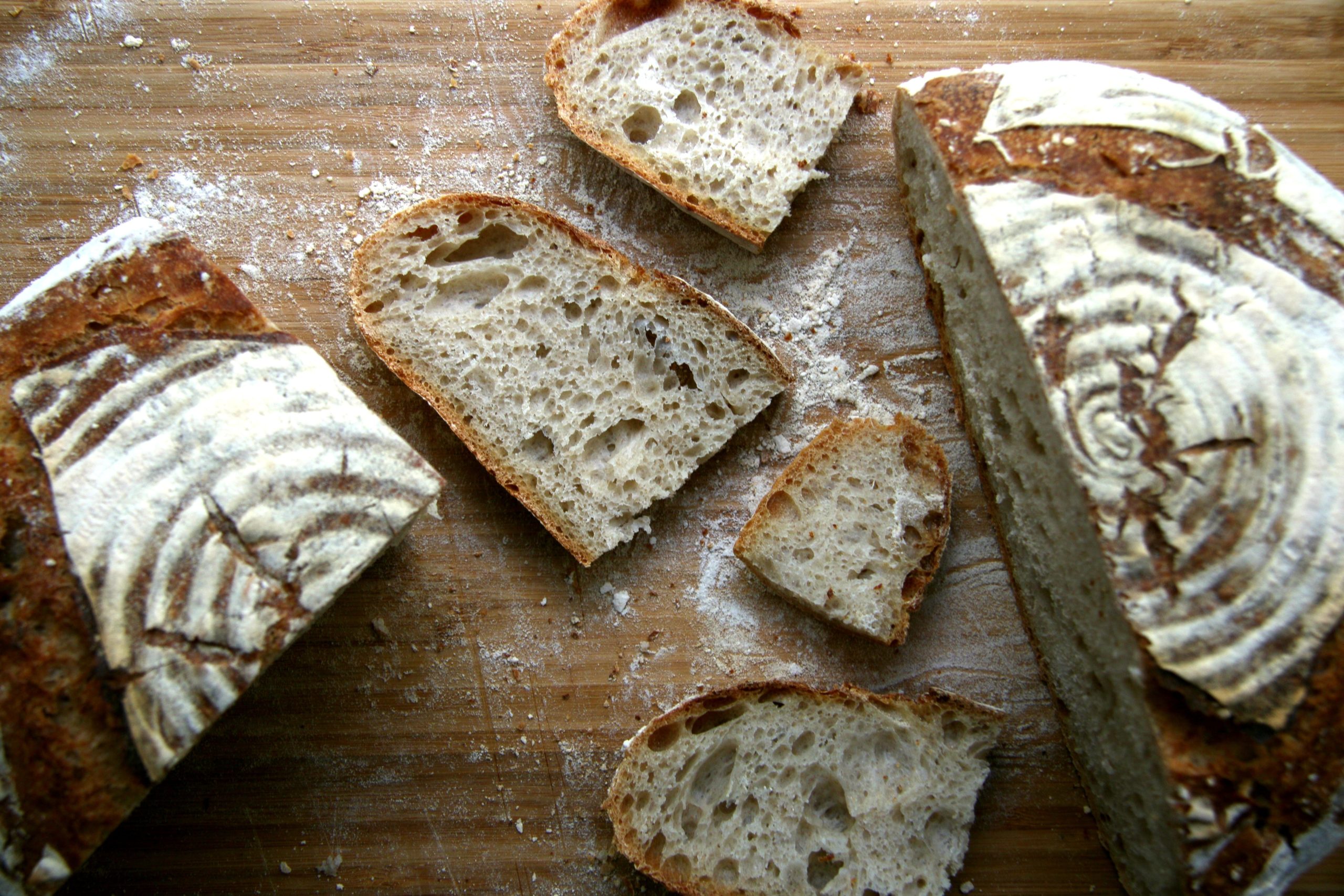
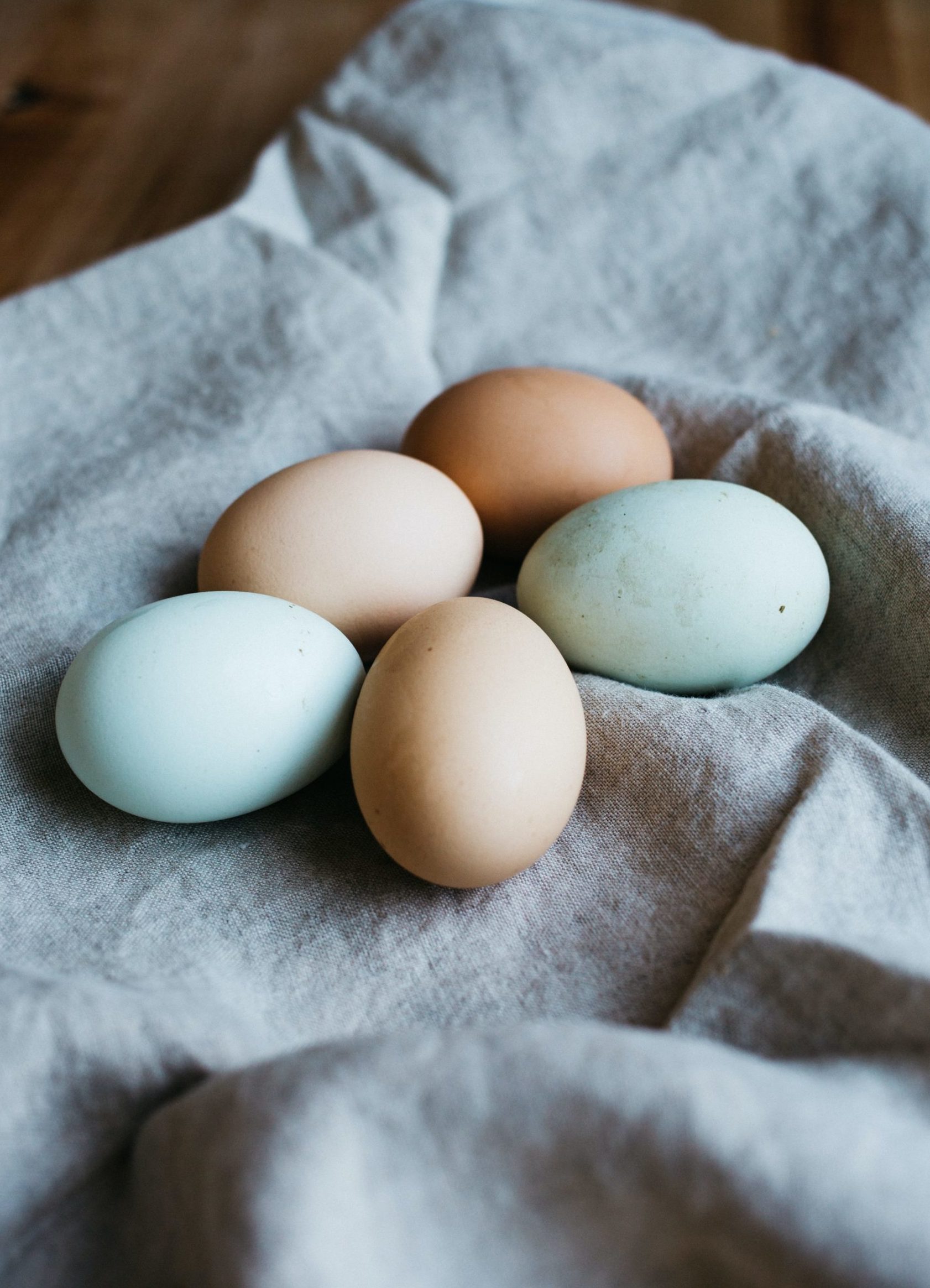
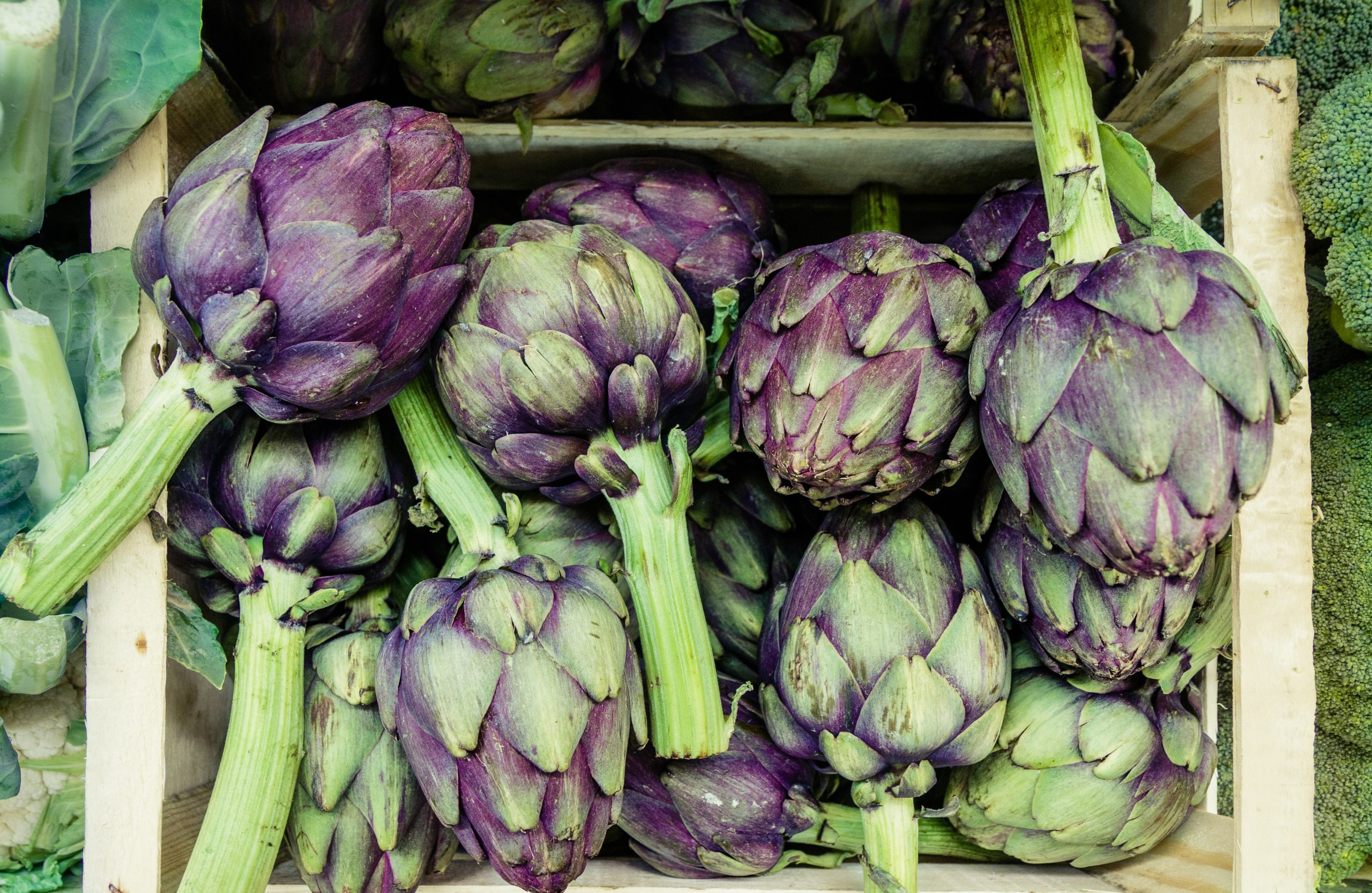














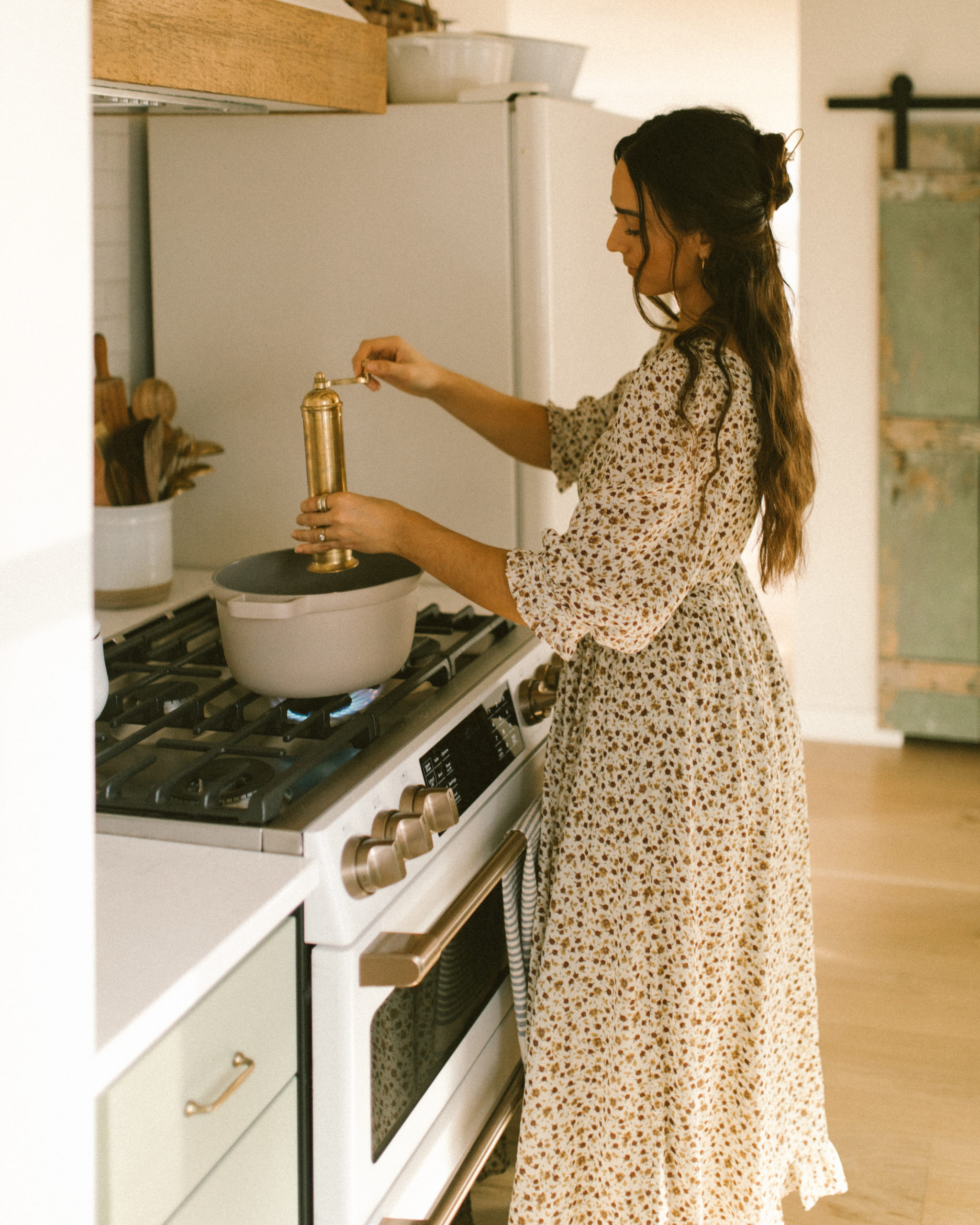



Read the Comments +
add A comment